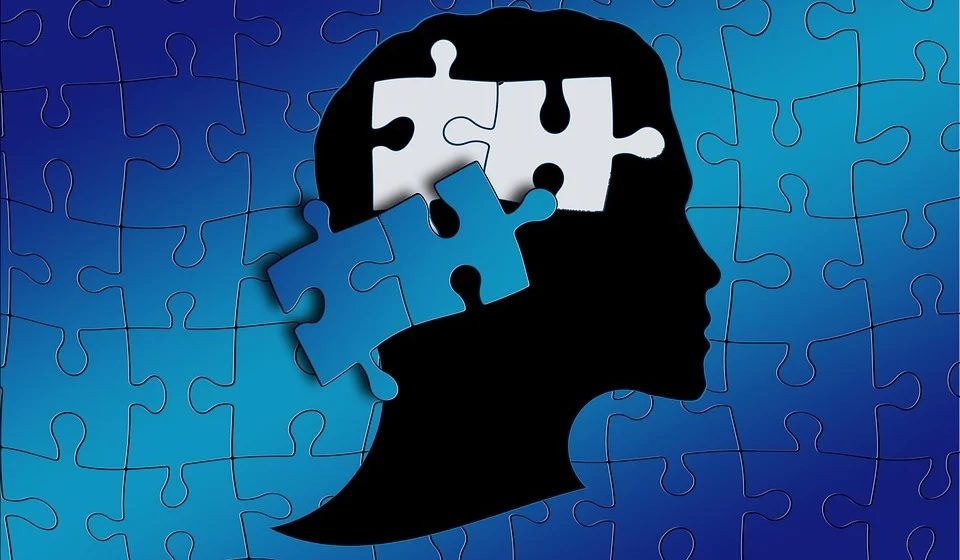The Effects of Autism
According to a recent study by Taylor and Seltzer, less than 20% of adults living with autism have supported or competitive employment. And the vast majority of those who are competitively employed were engaged in menial and low-paying jobs. A similar study conducted by Shattuck and colleagues showed that after young adults with autism left the public school system, eighty percent continued to stay at home, thirty-two percent attended tertiary education, only six percent had competitive jobs and over 20 percent had no educational or employment experiences at all, while forty percent had no friends. Similar to Taylor and Seltzer’s findings, several tertiary outcomes were worse for people living with autism who did not have ID. For instance, such individuals were thrice more likely not to have any daytime activities such as day services, tertiary education, or employment. The lack of daytime activities and services after exiting high school may put adults living with autism at a higher risk of mental health and behavioral challenges, and lower functional independence.
These two findings show that individuals living with autism need significant and continuous targeted interventions, especially during the adult and adolescent period. Projects that assist families of autistic individuals to get the right daytime activities and local services during their transition to adulthood can be quite helpful. If the service system is not sufficient, encouraging advocacy skills and empowerment among parents is a great way for families to develop and access supports, and community activities during the transition to adulthood. Also, with the current state of the economy, a record number of people being harassed by collections, and the dearth of proper formal services for autistic young adults, it is crucial to provide interventions that boost a family’s ability to get and develop informal activities and support. Therefore, it is essential to have interventions that allow teens and parents to develop new skills and boost empowerment as individuals living with autism become young adults.
It is worth noting that family transactions within any family system are bidirectional. Therefore, in addition to the challenges to a parent’s health resulting from stressful caregiving, increased family distress can create challenges for the person living with autism. Hastings and Lloyd (2007) have argued that the challenges of dealing with caring for people with intellectual and developmental disabilities may bring about a family context where expressed emotion (negative emotional intensity level) can be expected. A high level of expressed emotion among families could worsen or maintain behavioral challenges. For example, high expressed emotion, namely criticism of the daughter or son by the parent, is linked to high levels of maladaptive behaviors among people living with intellectual disabilities. Other findings on child populations have demonstrated that when a parent criticizes the child, it creates a salient aspect of the emotional environment of the family in anticipating child behavior challenges.
Due to the special nature of individuals living with autism, it is essential that we take the utmost care of their wellbeing. It is essential to detect autism at a younger age to better manage it. Also, continuous and targeted interventions for autistic individuals is indispensable, especially as they transition into adulthood.…



